By James FiskeIn our society of “I want it now,” we as 21st century citizens, certainly have a hard time waiting for things. Days feel like months, months like years, and years feel like an eternity. So imagine waiting nearly 100 years for something to happen—unthinkable. 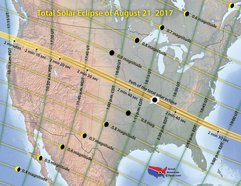 Well, think about this. Scientists and professional eclipse chasers have been waiting 99 years for August 21st, 2017. The reason for this unbelievably long wait lies within an astronomical phenomenon of a lifetime—a total solar eclipse. This particular eclipse has garnered so much attention in the past few years because of the specific path that this eclipse will be taking. For the first time since 1918, the path of the 2017 eclipse will track entirely across the United States of America. From Salem, Oregon to Jackson Hole, Wyoming—from Kansas City, Missouri to Charleston, South Carolina—the event will certainly be a sight for sore eyes. "Being headquartered in one of the areas where the moon and the sun are scheduled to intersect, we can tell you first hand that the hype levels are astronomical"
But, what happens if it’s cloudy? What happens if it rains? With our northern location and increasingly volatile weather patterns and climate, what happens if it snows? That last part is a bit of a joke but it is not meant to overshadow the extremely realistic possibility that in many of the locations that the U.S., the weather may prohibit you from seeing this once in a lifetime event. What happens if thousands of people are simultaneously disappointed by overcast skies? The unfortunate reality for many would be heartbreak. However—in the event of a cloudy eclipse—we have a few tips that could spare you the agony of finding yourself in such a precarious position. 1) Buckle Down and Mess with Your Exposure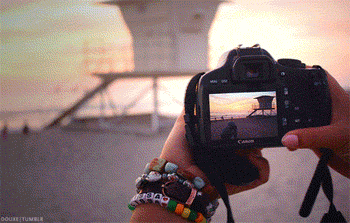 This one goes to all of the eclipse chasers with digital cameras. Mess around with your camera settings. A partly cloudy sky could paint a perfect foreground for your photo of the eclipse...if you have the right filter for your camera! Open up your aperture, slow down that shutter speed, and mess with your ISO. All of these settings can have drastic changes on your photo’s exposure so make sure to do plenty of practice runs before you put it to the test on August 21st. You only have 2 minutes during the eclipse to get that perfect shot, so you want to be prepared. For all of you non-photogs, that entire tip may have sounded like mashugana. Perhaps the next to may be of more use to you. 2) There's an App for that!Thanks to our Internet saviors over at Google and the brilliant minds at University of California-Berkley, we have been given an unbelievable simulation of exactly what the solar eclipse will look like. It is all part of the “Eclipse Megamovie 2017” which aims to give a realistic simulation of the total eclipse at any part of the country. This is a phenomenal resource to anybody looking to do a little research into exactly what to expect when it comes to the eclipse. It could also provide some type of miniscule consolation prize to a heartbroken eclipse chaser who just witnessed the astronomical event of the lifetime obstructed by overcast skies. “This is what is WOULD have looked like” says Dad to his family through teary eyes. We’d prefer this not happen to our wonderful audience so we advise you take our final piece of advice to heart. 3) Ride Like the Wind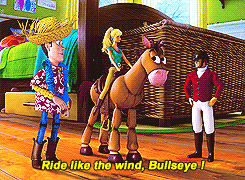 You drive. And you drive fast. (Stay within the speed limit of course!). Just remember, the shadow of the eclipse can move upwards of 2,900 miles per hour, so unless you have a Lockheed Blackbird which is capable of traveling at Mach 3 speeds, you aren’t going to outrun it. The key to this plan is days of preparation. Make sure to check weather reports in your days approaching the eclipse. If you’re a day out from the eclipse and notice that your weatherman is telling you “Mostly cloudy with a chance of rain”. It’s up to you to make a call and travel to a town where the weather may be more fortuitous. You’d be amazed at how far 24 hours of driving could get you. According to THIS MAP by www.ncei.noaa.gov, the Mountain West has the lowest chance for clouds among the entire nation in august based on historical weather reports. The pocket in particular with the lowest chance of overcast skies can be found from Rexburg, Idaho to Cheyenne, Wyoming, so we formally invite you to come watch the eclipse with us! We look forward to seeing you in Grand Teton National Park on August 21st as we take advantage of the beautiful phenomenon that the solar system has blessed us with.
2 Comments
Thanks for sharing beautiful content. I got information from your blog.keep sharing.
Reply
Leave a Reply. |
Archives
March 2024
Categories
All
|
Contact UsJackson Wild
240 S. Glenwood, Suite 102 PO Box 3940 Jackson, WY 83001 307-200-3286 info@jacksonwild.org |


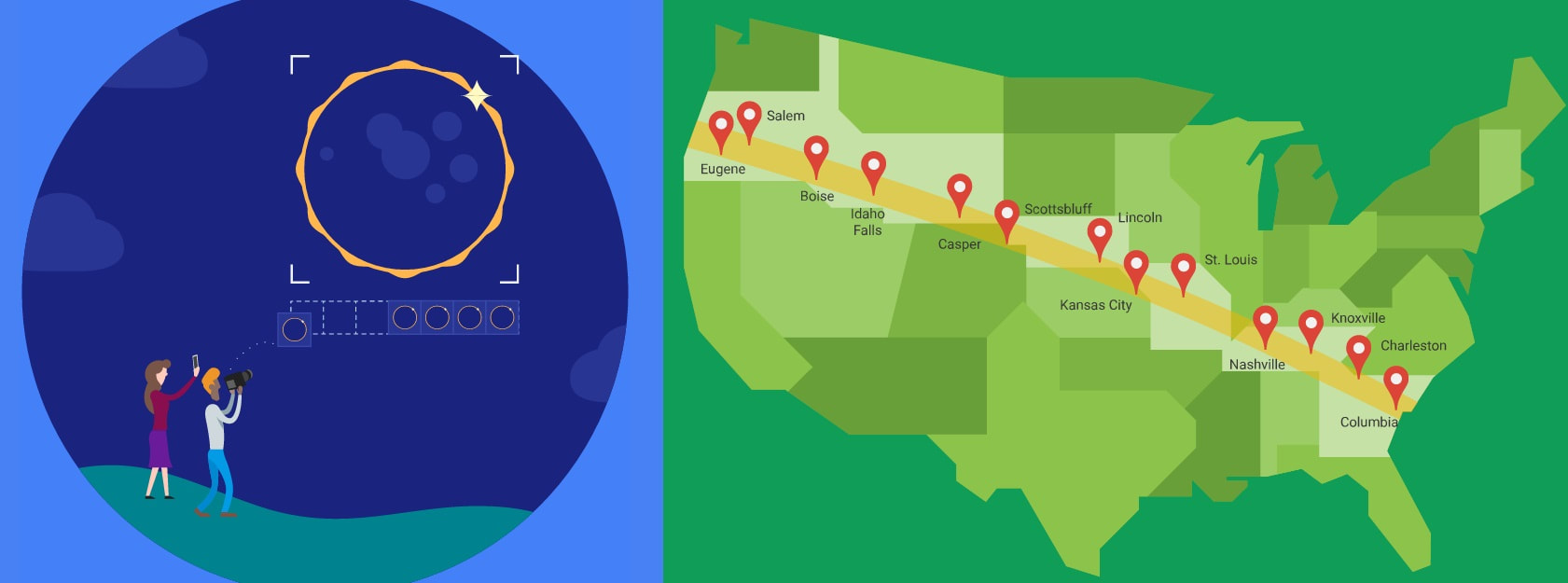
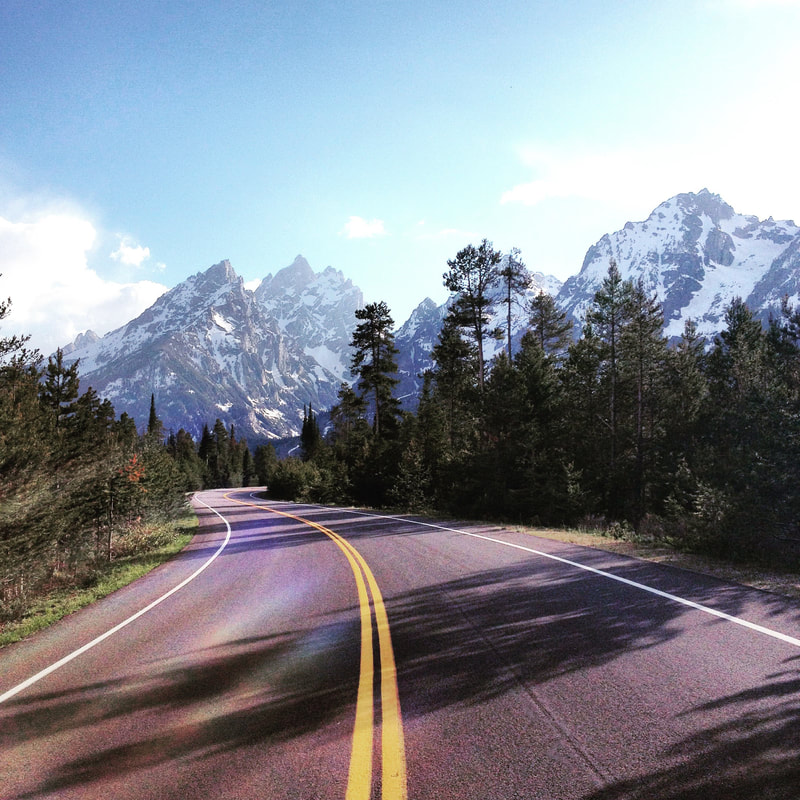
 RSS Feed
RSS Feed